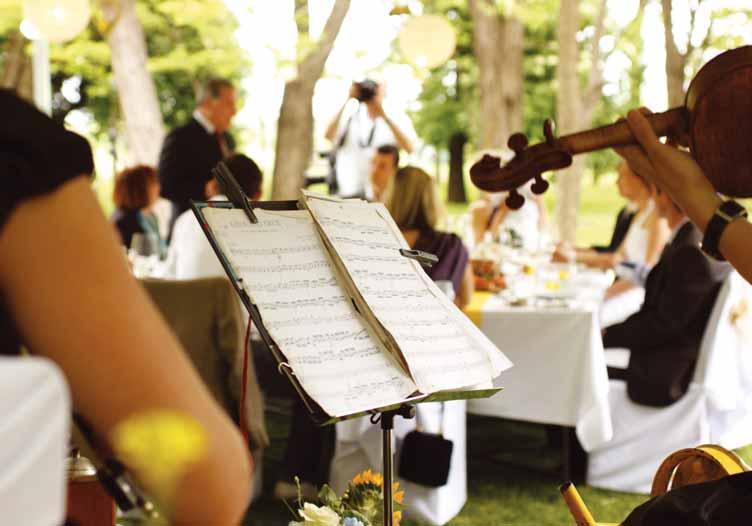ISM MUSIC JOURNAL MAY/JUNE 2021 | ISM SURVEY OF FEES 2020-21
ISM survey of fees 2020-21 Statistician Alix Naylor, of Naylor Research Partnership, provides an overview of the ISM annual survey of teaching, examining and accompanying rates
This year’s survey of fees was open from 6 November 2020 until 10 January 2021, during which time 383 completed responses were collected. This number is lower than the previous year and may in itself be indicative of the prevailing situation, suggesting far fewer people were currently involved in music teaching. It is possible that many teachers who normally work in schools, either as employees or visiting teachers, were furloughed or not re-employed yet in the current school year, and this may have had an impact on the response rate. Above: Alix Naylor
As with previous years, nearly half of the sample is from London and the South East of England, so the results from the survey are likely to be overrepresentative of the situation in this area, although this finding itself might be an indication that there is more work available in these regions. The vast majority of respondents have more than 15 years’ experience, the proportion increasing on the previous year. It may be interesting to explore further the reasons for this – whether the demographic of the profession is currently heavily skewed towards very experienced teachers, or whether this is simply a profile of ISM members, who made up 90% of the respondents.
Private teaching A positive finding from the survey was the ability for many private music teachers to be able to continue teaching during the past year when in-person teaching was not possible. Close to 90% of the sample had been able to provide lessons online during the first lockdown and the same proportion continued remote teaching after September. Additionally, 71% of the sample had provided in-person lessons since September. Most (88%) charged the same rate for lessons provided online or in person. There was just a slight drop of £1 in the median rate for remote teaching compared with face-to-face. Many teachers commented on being pleasantly surprised by the experience of giving tuition to pupils online, although there were sometimes issues such as limited space,
24
internet reliability and lack of equipment. Many respondents did not report a rate increase for private lessons this year, comments suggesting this was due to the pandemic, though there had actually been no increase in the median for the previous two years. Perhaps surprisingly, this year did see a slight increase of £1 in the median hourly rate across the sample – £33. However, when we look at the data by region, median increases are restricted to the South East of England, North East of England and the West Midlands with all other regions remaining the same except for decreases in the South West and East of England. Additionally, rates in the South East and London were significantly higher than in the rest of the UK, with rates in London also being statistically higher than those in the South East.
Teachers employed in schools Across the sample, only about a quarter had been employed in schools since September. This was less than in 2019, but not unexpected given the circumstances. The proportion of these teaching at independent schools was about 10% higher than in 2019 which could be due to these schools having more resources for safe teaching. What will be important to monitor in the long term will be the reduction in student numbers, with over half of employed teachers losing pupils since the previous school year. Comments suggest the reduction is due to the pandemic, with pupils being concerned about starting a new instrument, or restrictions meaning certain instruments cannot be taught (singing lessons being prohibited). Additionally some teachers mentioned many pupils not wanting or not being able to participate in lessons online during lockdown and not continuing with lessons once schools reopened. As with private lessons, hourly rates slightly increased on 2019 (lowest and highest rates increasing) although the median remains at £30. Rates paid at independent schools were significantly













